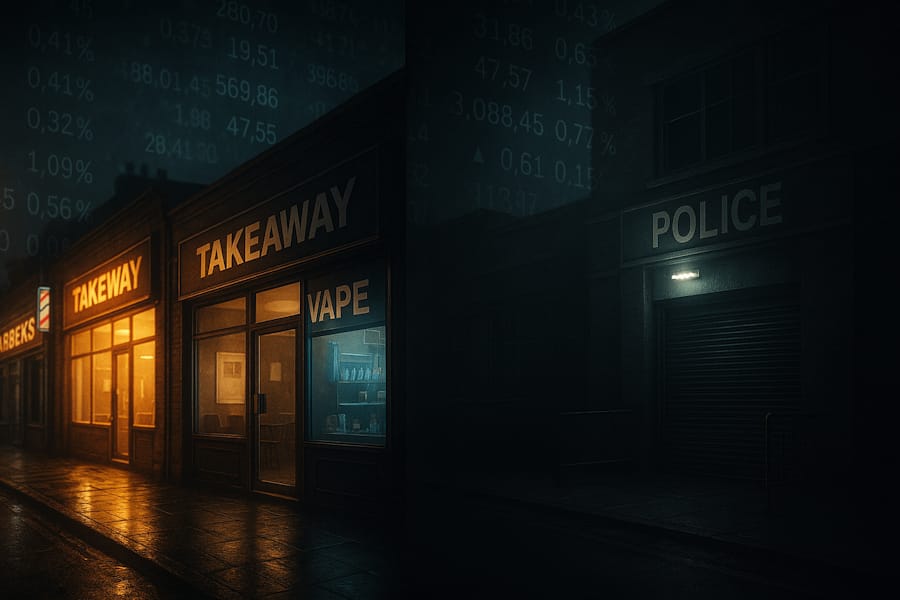Redefining the Slot Car: A Revolutionary AI-Powered Racing System
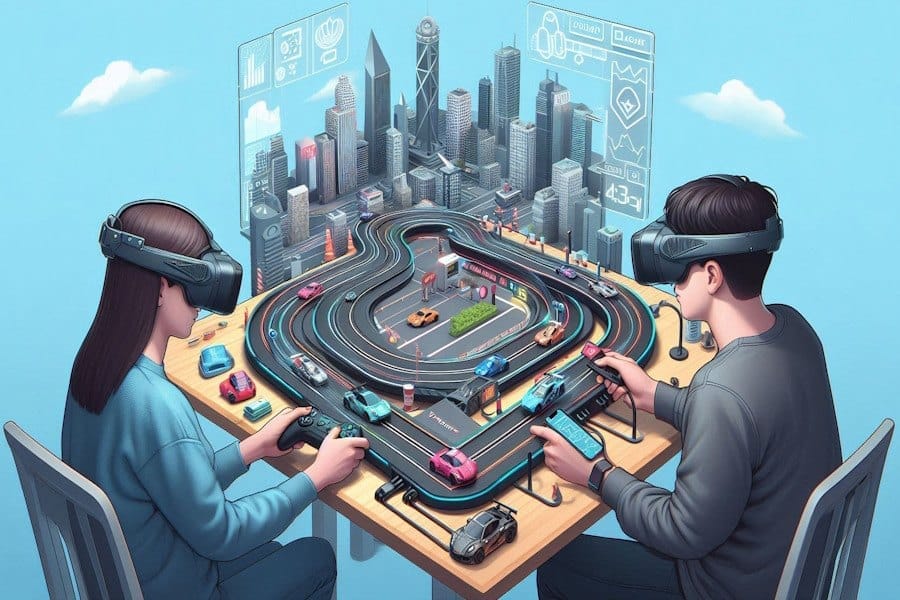
Publish Date: Last Updated: 10th November 2025
Author: nick smith- With the help of CHATGPT
Introduction
Slot car racing, a classic pastime, has entertained generations with its fast-paced action and creative track designs. But as technology advances, it's time to reinvent this cherished hobby with cutting-edge innovations. Imagine a slot car system that uses inductive charging instead of traditional slots, controlled via a mobile app, powered by AI for realistic multi-car races, and enhanced with augmented reality (AR) for immersive experiences. This is the future of slot car racing—an innovation that combines technology, creativity, and nostalgia.
How the System Works
The new system reimagines the traditional slot car track with modern technology to offer a seamless, exciting experience.
Inductive Charging Tracks
- Track Design: The track features inductive plates embedded at intervals. Cars use these plates to charge their internal batteries or capacitors, enabling uninterrupted motion without needing constant contact with the track.
- Efficiency: Not every piece of track contains a plate. Instead, strategic placement ensures cars can maintain power while racing.
- Flexibility: Tracks can be modular, allowing users to create diverse layouts with loops, curves, and straightaways.
Car Technology
- Battery or Capacitor: Cars are equipped with rechargeable batteries or capacitors charged via the inductive plates.
- In-Car Camera: Each car features a front-facing camera, providing a first-person view through a mobile app or AR headset for immersive driving.
- Customizable Vehicles: Users can choose from various models, including bikes, trucks, police cars, and more, each with unique driving characteristics.
AI-Powered Traffic Control
AI is the backbone of this system, enabling realistic racing experiences with multiple cars on the track simultaneously:
- Collision Avoidance: AI algorithms manage traffic flow, ensuring cars avoid collisions while maintaining competitive racing.
- Dynamic Difficulty: The AI adjusts the difficulty based on the user’s skill level, keeping races engaging and challenging.
- Lane Changes and Overtakes: Cars can simulate real-life maneuvers like overtaking or defending positions.
Track Design Possibilities
The system allows for limitless creativity in track designs:
- Race Tracks: Create professional racing circuits with long straights, chicanes, and hairpin turns.
- Urban Tracks: Replicate city streets with intersections, traffic lights, and even small obstacles.
- Off-Road Tracks: Use rugged designs to simulate dirt tracks or countryside roads for an adventurous feel.
Interactive AR Scenery
- Dynamic Environment: Using augmented reality (AR), users wearing AR headsets like Meta Quest can see virtual environments overlaid onto the physical track.
- Customizable Themes: Choose from cityscapes, forests, deserts, or even sci-fi worlds to transform your track into an immersive playground.
- Real-Time Reactions: The scenery responds to the race, with animations for crashes, weather effects, or even cheering crowds.
Enhanced Gameplay Features
-
Mobile App Control
- Control acceleration, braking, and camera angles via a user-friendly app.
- Access telemetry data to monitor speed, lap times, and battery status.
-
Multiplayer and AI Racing
- Race against friends or challenge AI opponents with varying difficulty levels.
- Spectator Mode allows others to watch races in AR.
-
Educational Opportunities
- Teach physics concepts like momentum, energy transfer, and aerodynamics through interactive gameplay.
- Allow users to program AI cars for racing strategies or traffic simulation.
Diagrams and Concepts
Track Layouts
- Classic Circuit
- A simple oval with inductive charging plates on every other straight section.
- Urban Grid
- Multiple intersecting roads simulating a city environment.
- Extreme Loop
- A dynamic track with loops and sharp curves, ideal for high-speed thrills.
AI Traffic Flow
- AI divides the track into zones, assigning virtual lanes to cars.
- Cars communicate with the AI to predict traffic and avoid collisions, creating a smooth and realistic racing environment.
AR Integration
- The diagram shows a physical track with virtual buildings, pedestrians, and animated obstacles layered through an AR headset, adding depth to gameplay.
Benefits of the New System
- Realism: Cameras and AR make players feel like they’re inside the car.
- Creativity: Customizable tracks and vehicles allow endless possibilities.
- Accessibility: The mobile app and AR headset provide intuitive control and immersive experiences.
Challenges and Solutions
- Power Efficiency
- Optimize inductive plate placement and car battery usage for longer play sessions.
- Cost
- Use modular track pieces and affordable AR integration to keep the system accessible.
- User Adoption
- Offer starter kits with easy-to-use components to lower the barrier for entry.
Slot Car Racing on YouTube

Bryan’s NEW AMP Chassis Review | Auto World’s Game-Changing Slot Car Tech | ProtinkerToys
YouTube Channel: ProTinkerToys -Com

Two Lines Slot Cars FasLaps Challenge! Area 51 Raceway NC
YouTube Channel: Marty Ford - Two Lines Slot Cars
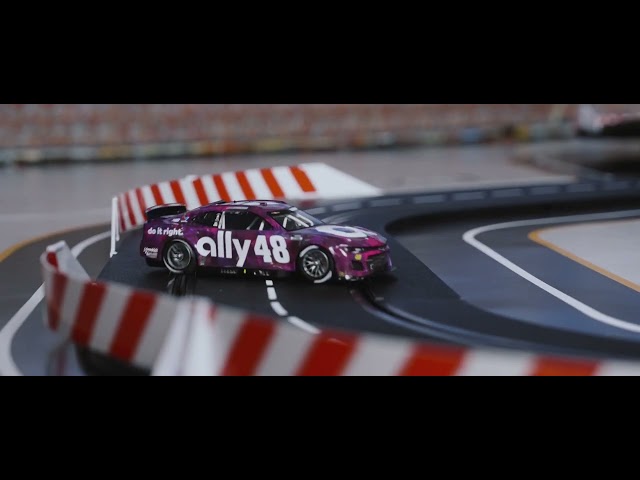
Carrera DIGITAL 132 NASCAR Daytona Challenge Slot Car Set
YouTube Channel: Carrera USA
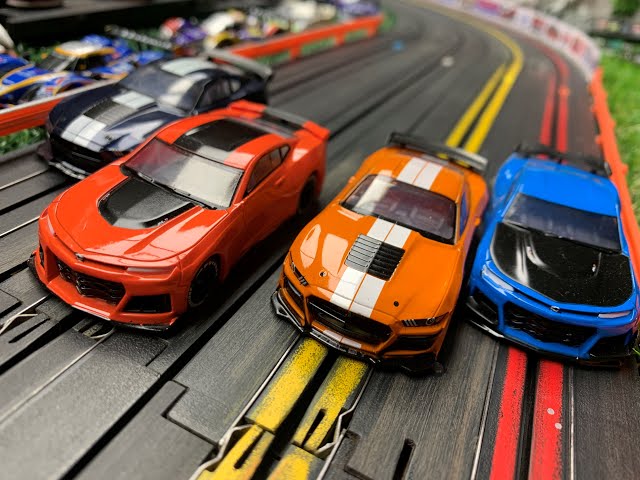
True Digital HO Slot Car Racing 1/2 #slotcartrack #slotcars #afx
YouTube Channel: Slot Valley Racing

The greatest AFX slot car set ever.. Episode 1: Suzuka
YouTube Channel: that slotcarguy
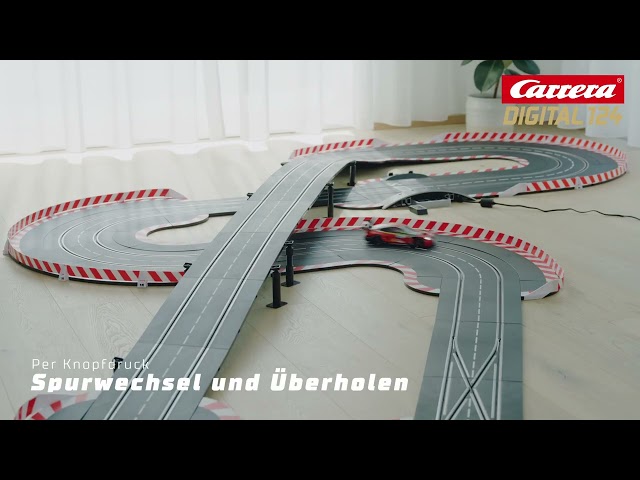
Full Speed Digital 124 Set 🏎️💨 | Carrera
YouTube Channel: Carrera Toys

TCR Total Control racing! What is it? and how does it work!
YouTube Channel: Slot Car Dad
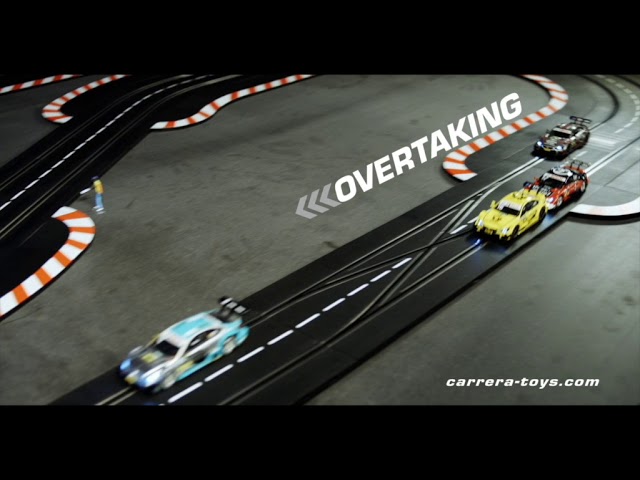
CARRERA Digital 132 Slot Car Racing Sets
YouTube Channel: JadlamRacingModels
Conclusion
This innovative slot car racing system redefines the hobby, blending nostalgia with futuristic technology. By incorporating inductive charging, AI-powered gameplay, and AR-enhanced visuals, it offers a realistic, exciting, and customizable experience for users of all ages.
This is more than just a toy—it’s an educational tool, a social game, and a creative platform. Whether you’re a seasoned racer or a curious newcomer, the future of slot car racing is brighter—and faster—than ever.
Latest AI Articles
AI Questions and Answers section for Redefining the Slot Car: A Revolutionary AI-Powered Racing System
Welcome to a new feature where you can interact with our AI called Jeannie. You can ask her anything relating to this article. If this feature is available, you should see a small genie lamp above this text. Click on the lamp to start a chat or view the following questions that Jeannie has answered relating to Redefining the Slot Car: A Revolutionary AI-Powered Racing System.
Be the first to ask our Jeannie AI a question about this article
Look for the gold latern at the bottom right of your screen and click on it to enable Jeannie AI Chat.






